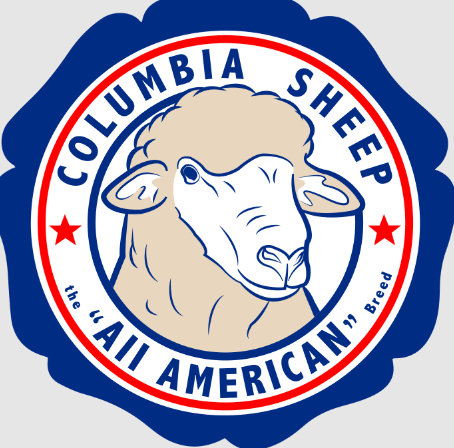Introduction
The Columbia Paul Peoples sheep breed has significantly impacted the American sheep industry, known for its superior wool and meat quality. Developed as a robust breed for various climates, Columbia sheep continue to be a preferred choice among livestock farmers. But who was Paul Peoples, and what role did he play in shaping the Columbia sheep breed? This article explores the history, characteristics, and benefits of Columbia Paul Peoples sheep, providing insights for both seasoned and aspiring sheep farmers.
The History of Columbia Sheep and Paul Peoples’ Contribution
The Origin of Columbia Sheep
Columbia sheep were first developed in the United States in the early 20th century. They were bred by crossing Lincoln and Rambouillet sheep, aiming to create a breed with both high-quality wool and excellent meat production. This breed was officially recognized in 1912.
Who Was Paul Peoples?
Paul Peoples was a key figure in livestock research and development, advocating for sustainable breeding practices. His contributions helped refine and enhance the characteristics of Columbia sheep, ensuring better adaptability, productivity, and profitability for sheep farmers.
Key Characteristics of Columbia Sheep
1. Physical Traits
- Large Frame: Columbia sheep are one of the largest breeds, making them ideal for meat production.
- Dense Fleece: Their wool is medium to fine in quality, making it valuable in the textile industry.
- White Face & Legs: Their distinctive appearance makes them easily recognizable.
2. Wool Production
- Produces high-yield wool with a fiber diameter of 23-30 microns.
- Annual fleece weight ranges between 10-16 pounds.
- Ideal for knitting, weaving, and clothing manufacturing.
3. Meat Quality
- High carcass yield, making them profitable for farmers.
- Produces lean, tender meat favored in commercial markets.
4. Adaptability
- Thrives in varied climates, from cold regions to dry pastures.
- Requires minimal maintenance compared to other sheep breeds.
Benefits of Raising Columbia Paul Peoples Sheep
1. Dual-Purpose Advantage
Columbia sheep excel in both meat and wool production, making them one of the most economical choices for farmers.
2. Low Maintenance & High Resilience
With strong disease resistance and adaptability, they require less veterinary care, reducing overall farming costs.
3. Sustainable Farming
The breed plays a crucial role in sustainable livestock farming, offering high efficiency in feed conversion and land use.
Raising Columbia Sheep: Essential Farming Tips
1. Shelter & Space Requirements
- Provide at least 20-25 square feet per sheep.
- Ensure proper ventilation in shelters to prevent disease.
2. Feeding & Nutrition
- A balanced diet of hay, grains, and minerals ensures healthy growth.
- Supplementary feed during harsh winters boosts wool production.
3. Breeding & Lambing Care
- Ewes have a high lambing rate, with twins being common.
- Proper lambing management ensures high survival rates.
4. Health & Disease Prevention
- Routine vaccinations and regular deworming keep them disease-free.
- Monitor for foot rot and parasites, common in large sheep breeds.

Columbia Sheep vs. Other Breeds: A Comparison
| Feature | Columbia Sheep | Rambouillet Sheep | Merino Sheep |
|---|---|---|---|
| Wool Quality | Medium-Fine | Fine | Ultra-Fine |
| Meat Yield | High | Moderate | Low |
| Climate Adaptability | High | Moderate | Low |
| Maintenance Level | Low | High | High |
Frequently Asked Questions (FAQ)
1. What makes Columbia sheep unique?
Columbia sheep are dual-purpose, excelling in both meat and wool production. They are also highly adaptable to different climates.
2. How much wool do Columbia sheep produce annually?
On average, they yield between 10-16 pounds of fleece per year.
3. Are Columbia sheep suitable for small farms?
Yes! They are low-maintenance and adaptable, making them a great choice for small-scale farmers.
4. What is the lifespan of a Columbia sheep?
Columbia sheep live 10-12 years with proper care.
5. Do Columbia sheep require special feeding?
They thrive on a standard sheep diet of hay, grains, and minerals, requiring additional supplementation during cold seasons.
6. Where can I buy Columbia sheep?
Many breeders and livestock auctions offer Columbia sheep. Ensure you purchase from reputable sources.
Conclusion
Columbia Paul Peoples sheep stand out as one of the most versatile, productive, and low-maintenance breeds in the livestock industry. Whether you’re a seasoned farmer or a newcomer, investing in Columbia sheep can provide long-term benefits in both wool and meat production. Their rich history, superior adaptability, and high profitability make them an excellent choice for sustainable sheep farming.

